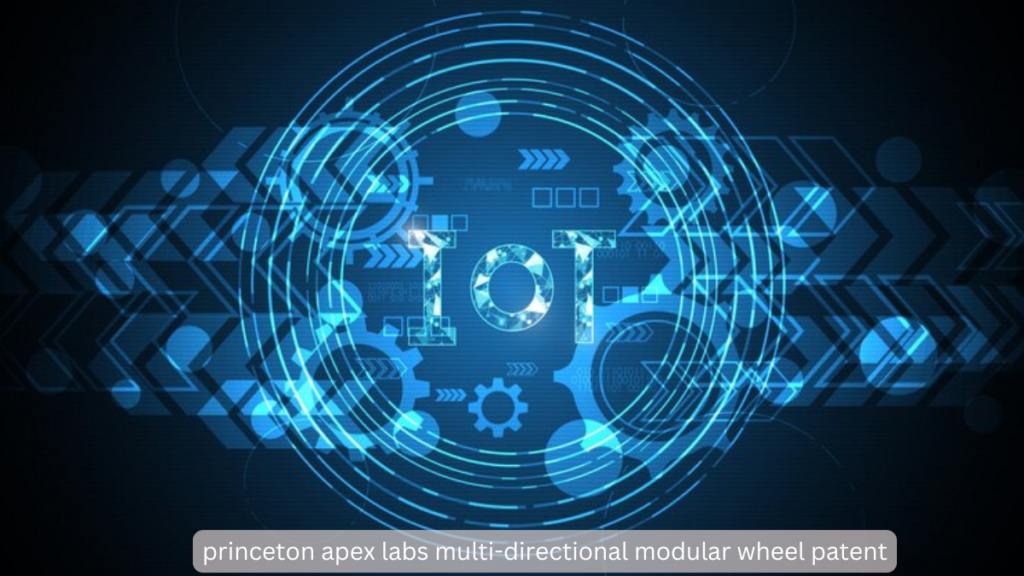In the ever-evolving landscape of technological innovation, princeton apex labs multi-directional modular wheel patent stands as a testament to human ingenuity. This groundbreaking development promises to revolutionize how we think about mobility and transportation systems. Let’s dive deep into this fascinating innovation and understand its potential impact on various industries.
Understanding the Core Technology
The Princeton Apex Labs’ multi-directional modular wheel patent represents a significant leap forward in wheel technology. Unlike conventional wheels that move primarily in two directions, this innovative design allows for seamless movement in multiple directions without requiring the entire vehicle to rotate. The modular nature of the design adds another layer of versatility, making it adaptable to various applications and environments.
How Does It Work?
The system comprises individual wheel modules that can operate independently or in conjunction with others. Each module contains:
- Smart rotation mechanisms
- Adaptive grip technology
- Integrated sensors for precise movement
- Modular connection points
These components work together harmoniously to enable smooth multi-directional movement while maintaining stability and control.
Applications Across Industries
Manufacturing and Warehousing
The Princeton Apex Labs’ multi-directional modular wheel patent has found immediate applications in manufacturing facilities and warehouses. The technology enables:
- More efficient material handling
- Improved space utilization
- Reduced turning radius for large equipment
- Enhanced safety in tight spaces
Healthcare and Medical Equipment
In medical settings, this innovative wheel system offers:
- Better maneuverability for hospital beds
- Improved patient transport systems
- More precise movement of sensitive medical equipment
- Reduced physical strain on healthcare workers
Construction and Heavy Machinery
The construction industry stands to benefit significantly from this technology through:
- Enhanced equipment mobility on construction sites
- Better precision in positioning heavy machinery
- Reduced site preparation requirements
- Improved safety measures
Technical Advantages and Innovation
Modular Design Benefits
The modular aspect of Princeton Apex Labs’ multi-directional modular wheel patent offers several advantages:
- Easy maintenance and replacement
- Scalability for different applications
- Cost-effective upgrades
- Customization options for specific needs
Energy Efficiency
The innovative design contributes to improved energy efficiency through:
- Reduced friction during movement
- Optimized power distribution
- Smart power management systems
- Lower operational costs
Future Implications and Market Impact
Industry Transformation
This revolutionary technology is set to transform various sectors by:
- Enabling new approaches to automation
- Improving workplace safety
- Reducing operational costs
- Enhancing productivity
Environmental Benefits
The environmental impact of this technology includes:
- Reduced energy consumption
- Lower carbon footprint
- Decreased wear and tear on surfaces
- More sustainable operations
Conclusion
The princeton apex labs multi-directional modular wheel patent represents more than just an innovative wheel design – it’s a glimpse into the future of mobility solutions. As industries continue to adopt and adapt this technology, we can expect to see significant improvements in efficiency, safety, and operational capabilities across various sectors. This breakthrough serves as a reminder of how technological innovation continues to push the boundaries of what’s possible in modern engineering and design.
Frequently Asked Questions (FAQ)
Q1: What makes this wheel patent different from conventional wheels?
The key difference lies in its ability to move in multiple directions independently while maintaining a modular design that can be easily adapted and maintained.
Q2: Which industries can benefit from this technology?
The technology has applications in manufacturing, warehousing, healthcare, construction, and various other industries requiring precise movement and handling.
Q3: Is this technology cost-effective for small businesses?
While the initial investment might be higher than traditional wheels, the long-term benefits in efficiency, maintenance, and operational costs make it a viable option for businesses of various sizes.
Q4: How does this technology impact environmental sustainability?
The system’s energy efficiency and reduced wear and tear contribute to a lower environmental impact and improved sustainability in operations.
Q5: Can existing equipment be retrofitted with this wheel system?
Yes, the modular design allows for retrofitting on many types of existing equipment, though compatibility should be verified with manufacturers.
Q6: What maintenance requirements does this system have?
The modular design simplifies maintenance, requiring regular inspections and occasional component replacements, with most parts being individually serviceable.
